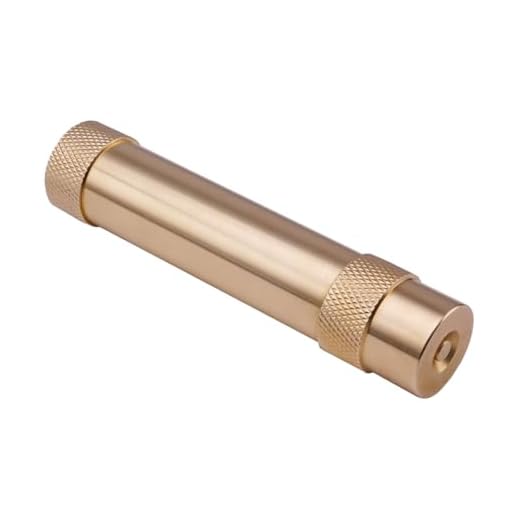



For anyone serious about maintaining surfaces, I highly recommend investing in a machine that provides at least 3,000 PSI and 2.5 GPM. This specification ensures that the cleaning tool can handle tough grime, oil stains, and years of dirt effectively.
Brands like Honda, Karcher, and Simpson consistently receive positive feedback from experts in the industry. The Honda engines are known for their reliability, while Karcher models often offer advanced cleaning technology that enhances performance. Simpson’s direct drive models are lauded for their durability and power, making them popular among seasoned users.
Features such as adjustable nozzles, long hoses, and lightweight frames can drastically improve usability. The inclusion of a detergent tank simplifies the process of applying cleaning solutions, which can yield better results on stubborn stains.
Choosing the right accessory can elevate the experience significantly. For example, rotary surface cleaners are a must-have for flat surfaces, delivering a consistent clean without leaving streaks. Investing in high-quality attachments will further maximise the effectiveness of the equipment.
Paying attention to maintenance is key to prolonging the lifespan of the equipment. Regular checks on oil levels, spark plugs, and filters can help avoid costly repairs down the line. In my decade of experience, I’ve seen how proper care can keep machinery running optimally for years.
Recommended Equipment for Professionals
For those in the cleaning industry, reliable and powerful equipment is a must. I often turn to brands like Karcher and Honda for robust tools that can handle demanding tasks. Their units typically offer high PSI ratings, often exceeding 3000, which is crucial for removing tough grime and stains.
Top Brands to Consider
- Karcher: Widely respected for their electric models, ideal for residential and light commercial jobs.
- Honda: Known for their fuel-powered machines, these units provide portability and strength, perfect for larger projects.
- Generac: Offers reliable gas-powered options with easy start technology, making them user-friendly.
Key Features to Look For
- PSI and GPM Ratings: High pressure combined with adequate flow rate guarantees efficient cleaning.
- Durability: Sturdy materials and a reliable construction extend the lifespan of the device.
- Interchangeable Nozzles: Versatile nozzles allow changing from intense cleaning to gentle washing based on the surface.
- Ease of Use: Features like ergonomic handles and wheels contribute to manoeuvrability on various job sites.
Ultimately, the right choice comes down to the specific applications and environment the equipment will encounter. It’s advisable to prioritise high-pressure units matched with quality accessories, ensuring readiness for any cleaning challenge ahead.
Key Features of High-Performance Cleaners
Based on extensive experience, I recommend focusing on three critical characteristics when selecting an advanced cleaner: power rating, water flow rate, and versatility. These attributes significantly influence performance and ensure effective results for various tasks.
Power Rating
The power rating, typically measured in PSI (pounds per square inch) or bar, indicates the cleaning force applied. For heavy-duty applications, models with at least 3000 PSI deliver optimal performance, capable of removing stubborn grime and dirt efficiently. In my evaluations, units with adjustable power settings provide flexibility for different surfaces, allowing for safe cleaning without causing damage.
Water Flow Rate
Water flow rate, expressed in GPM (gallons per minute), is vital for achieving thorough cleaning. A higher GPM rate, ideally above 2.5, ensures swift rinsing and debris removal. Look for models that maintain excellent pressure while delivering substantial water flow. This balance enhances efficiency and reduces the time spent on each project.
Additionally, consider portability features such as weight, wheel design, and handle type for ease of movement and storage. Durable construction is imperative, especially when working with tough tasks in various conditions. These elements culminate in a reliable, long-lasting cleaning tool that meets rigorous demands.
Understanding Pressure Ratings: PSI and GPM Explained
Choosing a cleaning device involves knowing specific ratings: PSI (pounds per square inch) and GPM (gallons per minute). These metrics dictate a unit’s effectiveness for varying tasks. High PSI translates to robust cleaning force, ideal for removing tough stains and grime, while GPM measures water flow, impacting how quickly you complete a project.
A broad overview of these ratings helps in selecting the right equipment. For instance, a unit with 3000 PSI and 2.5 GPM is suitable for heavy-duty tasks like stripping paint or cleaning large concrete surfaces. Conversely, lower ratings around 1500 PSI and 1.5 GPM serve well for lighter chores such as washing cars or cleaning patios.
| Application | Recommended PSI | Recommended GPM |
|---|---|---|
| Heavy-duty cleaning | 3000-4000 PSI | 3-4 GPM |
| Medium-duty tasks | 2000-3000 PSI | 2-3 GPM |
| Light-duty chores | 1500-2000 PSI | 1.5-2 GPM |
Always match ratings to intended applications. Overestimating PSI can lead to damage on softer surfaces, while undershooting could leave grime behind. Balancing these factors ensures optimal results during every cleaning session.
Ultimately, the right PSI and GPM ratings enhance performance and longevity of the selected equipment, ensuring you get the clean you need without unnecessary wear on machines or surfaces.
Differences Between Electric and Gas Models
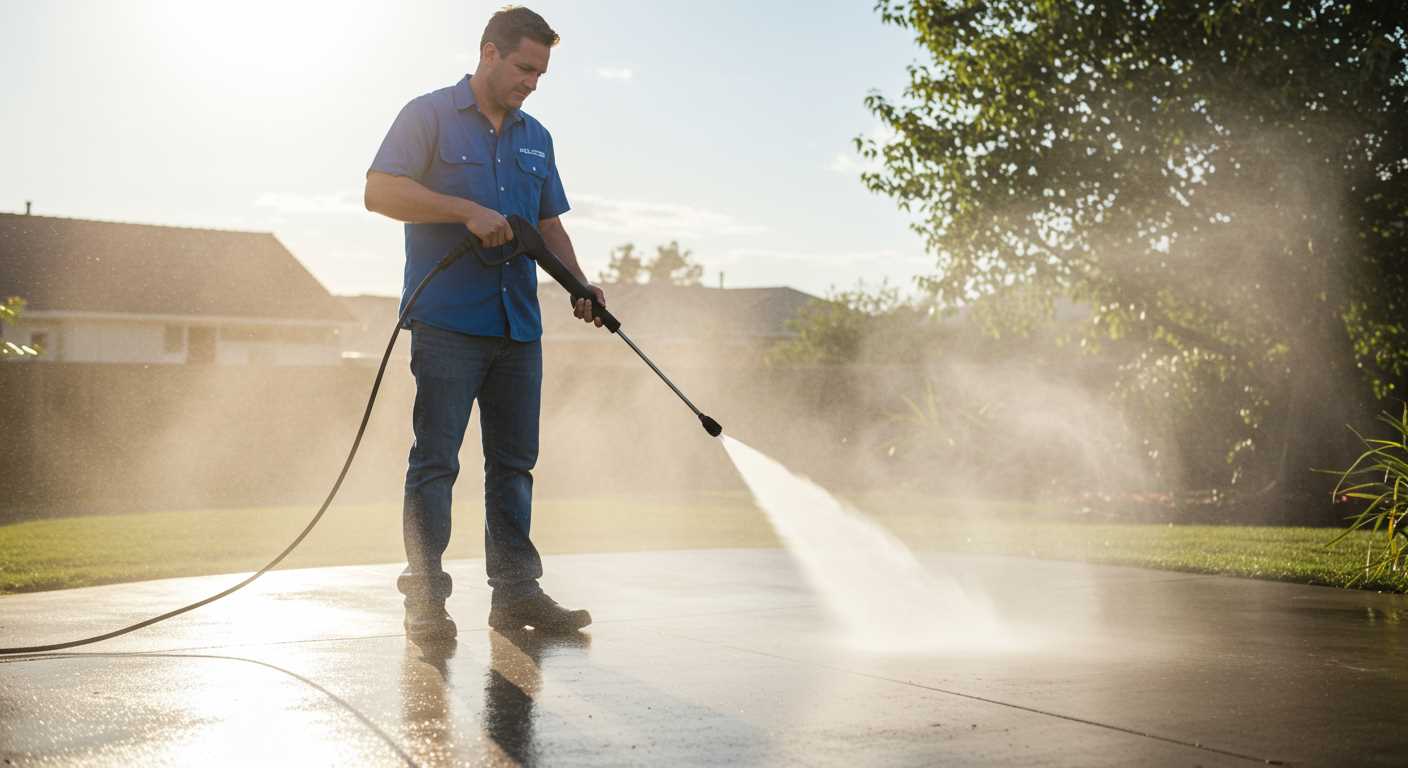
When selecting a cleaning solution, the choice between electric and gas options hinges on a few crucial factors including power, mobility, and maintenance requirements. Electric units excel in convenience and usability for light to moderate tasks. They typically provide pressures up to 2000 PSI and are ideal for residential settings where noise and emissions might be a concern. The ease of starting and lower operational costs makes them appealing for quick jobs around the home.
Power and Performance
Gas equivalents, on the other hand, deliver significantly higher pressure, often exceeding 4000 PSI. This power is essential for heavy-duty cleaning tasks such as removing oil stains from garages or prepping surfaces for paint. The ability to operate for extended periods without needing a power outlet facilitates mobility, allowing use in various locations without the constraint of an electric cord.
Maintenance and Longevity
Maintenance needs differ substantially between the two types. Gas models require regular engine upkeep, including oil changes and fuel management, which can add to long-term costs. In contrast, electric variants have simpler maintenance routines, primarily involving keeping the electric components dry and checking for wear on seals and hoses. This straightforward upkeep enhances their lifespan while reducing the time and effort needed to keep them running smoothly.
How to Choose the Right Accessories for Your Cleaning Equipment
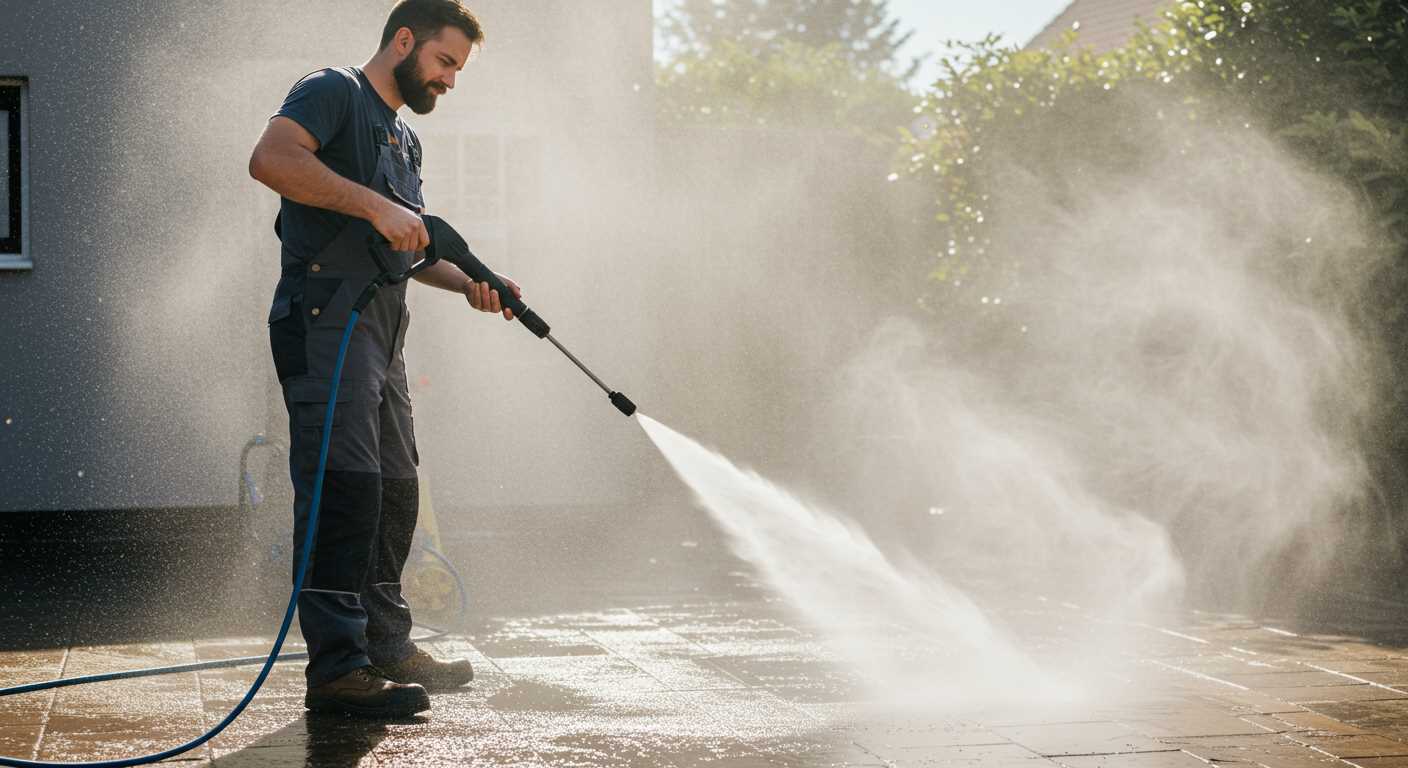
To optimise performance, consider a rotating brush attachment for enhanced scrubbing power on tough surfaces. This tool excels at dislodging grime without the need for aggressive chemicals.
Select nozzles based on your specific tasks. A 0-degree nozzle delivers a concentrated jet, perfect for stubborn spots, while a wider 25-degree nozzle is suitable for larger areas, providing a more gentle spray that reduces the risk of damage.
Invest in hose extensions for increased reach. A longer hose allows flexibility and accessibility when working on complex or large-scale projects, reducing the need to reposition the equipment frequently.
Utilising surface cleaners drastically reduces cleaning time on flat surfaces such as driveways and patios. These accessories ensure even coverage and minimise streaks, delivering professional results with ease.
Don’t overlook protective gear, including safety goggles and gloves. These items safeguard against high-pressure water and debris, ensuring a safer working environment.
For varying applications, detergent tanks and specialised cleaning solutions enhance effectiveness. Select detergents that complement the surfaces you’ll clean; for example, degreasers for automotive tasks, or biodegradable solutions for garden use.
Investing in quality accessories directly impacts your efficiency and the longevity of your equipment. Choose wisely based on your cleaning needs to achieve optimal results every time.
Maintenance Tips for Professional Power Cleaners
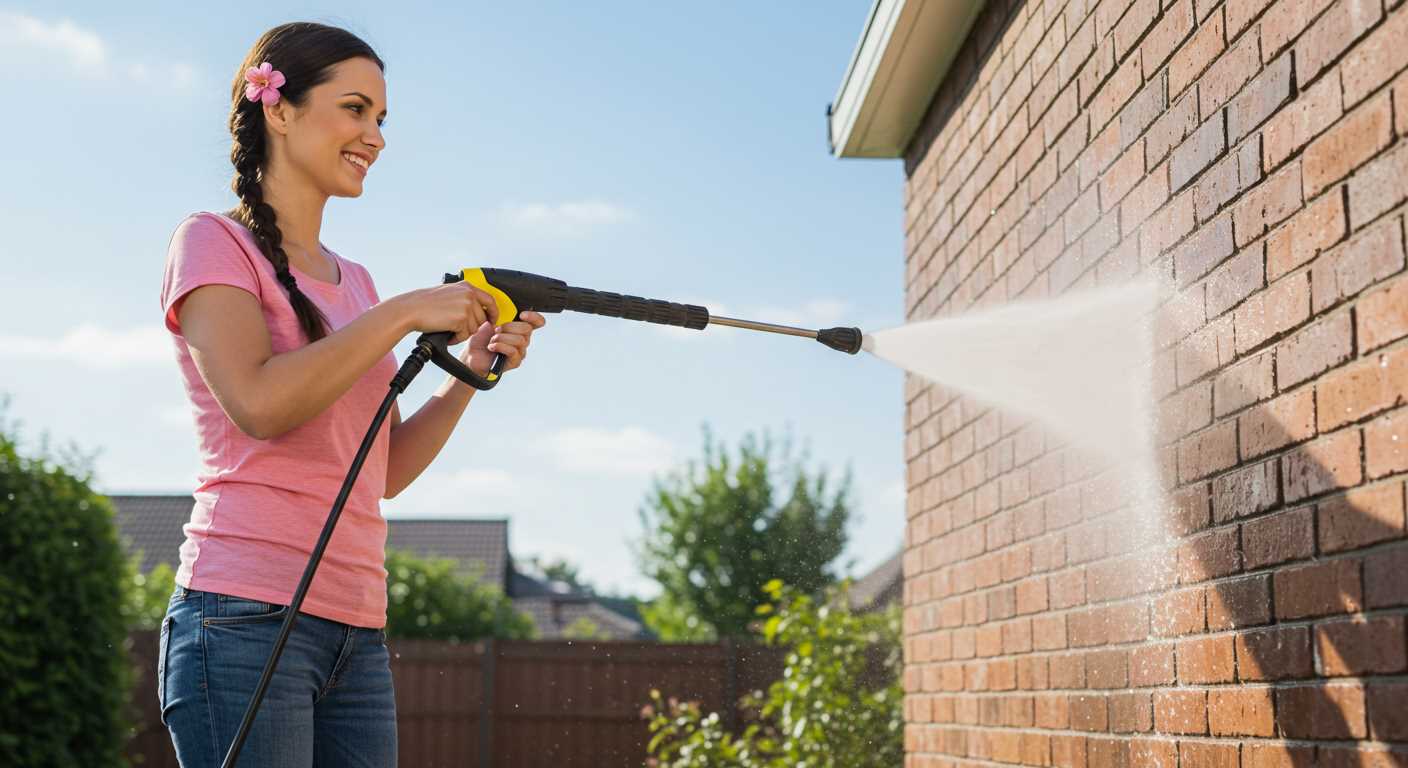
Regular maintenance can significantly extend the lifespan of your power cleaning equipment and ensure optimal performance. First, always check and change the oil after every 50 operating hours to keep the engine running smoothly. Using the manufacturer’s recommended oil type is crucial for the machine’s longevity.
Cleaning the Filters
Inspect air and fuel filters every month. Dirty filters can restrict airflow, decreasing engine performance. Replace or clean them as necessary. A clean filter ensures the engine runs efficiently and uses fuel more effectively.
Inspecting Hoses and Connections
Regularly examine hoses for any signs of wear or damage. Cracks can lead to leaks, compromising cleaning efficiency. Ensure all connections are tightened; this prevents pressure loss and improves overall performance. Store hoses properly after each use to avoid kinks and abrasion.
Top Brands Preferred by Industry Professionals
After extensive testing and evaluation throughout my career, I’ve identified several brands that consistently deliver high-performance equipment. Among these, Kärcher, Simpson, and Ryobi stand out for their reliability and efficiency in demanding environments.
Kärcher
Kärcher is renowned for its innovative technology and ergonomic designs. Their commercial units often feature robust build quality, high-pressure outputs, and user-friendly interfaces, making them ideal for continuous use across various tasks. The ease of maintenance further solidifies Kärcher as a go-to choice for many in the field.
Simpson
Simpson is another reputable name, offering a range of durable and powerful models. Their machines are equipped with Honda engines, known for their dependability and high torque, which enhances cleaning efficiency. The overall aesthetic and mobility of Simpson units also attract many users who value portability without sacrificing performance.
Ryobi’s affordability combined with solid features makes it a popular option among smaller operators. While not as heavy-duty as Kärcher or Simpson, their units cater well to light to medium tasks, providing excellent power for everyday chores without the premium price tag.
Selecting the right brand often hinges on the specific requirements and frequency of use, but these three consistently emerge as favourites among experts in the industry for delivering value and performance.
Understanding Different Nozzle Types and Their Uses
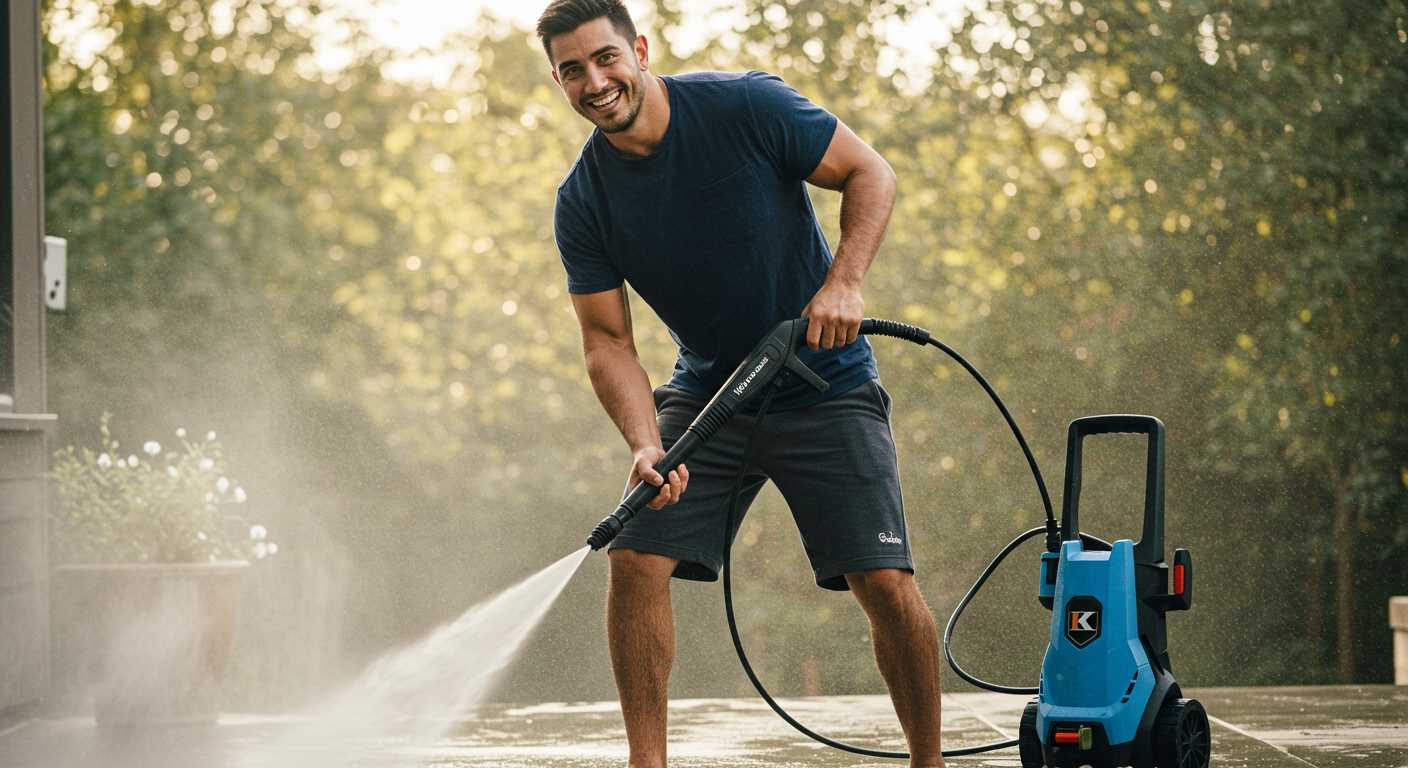
Choosing the right nozzle dramatically impacts the cleaning results. Each nozzle type has a specific purpose, making it necessary to understand their functionalities.
Types of Nozzles
- 0-Degree Nozzle: Produces a concentrated stream ideal for tough stains on surfaces like concrete. Use sparingly to prevent damage.
- 15-Degree Nozzle: Great for stripping paint and removing stubborn dirt. Suitable for hard surfaces, including driveways and decks.
- 25-Degree Nozzle: Versatile for general cleaning of siding, patios, and outdoor furniture. Balances power and coverage effectively.
- 40-Degree Nozzle: Offers a wide fan spray perfect for delicate surfaces such as vehicles or windows. Minimises the risk of damage.
- Soap Nozzle: Adds detergent to the flow, assisting in cleaning grease and grime. Typically used with low-pressure settings.
Choosing the Right Nozzle
Consider the surface type and the level of dirt or grime when selecting a nozzle. For instance, tougher surfaces require more powerful streams while softer materials need gentler sprays. It’s beneficial to have a variety of nozzles on hand to adapt to different cleaning tasks.
Always test the nozzle on an inconspicuous area before full application. This practice ensures that you do not damage the surface or create unintended marks. Rotate between nozzles based on the job, and invest in high-quality options to ensure durability and performance.
Utilising the appropriate nozzle enhances efficiency and leads to superior cleaning outcomes.
Common Mistakes to Avoid When Using a High-Pressure Cleaning Device
Avoid using the incorrect nozzle for your task. Each nozzle serves a specific function, and using one that’s too powerful can damage surfaces or leave unsatisfactory results.
Ensure you maintain a consistent distance from the surface being treated. Being too close can lead to etching or damaging delicate materials, while being too far may result in ineffective cleaning.
Mind the Connections
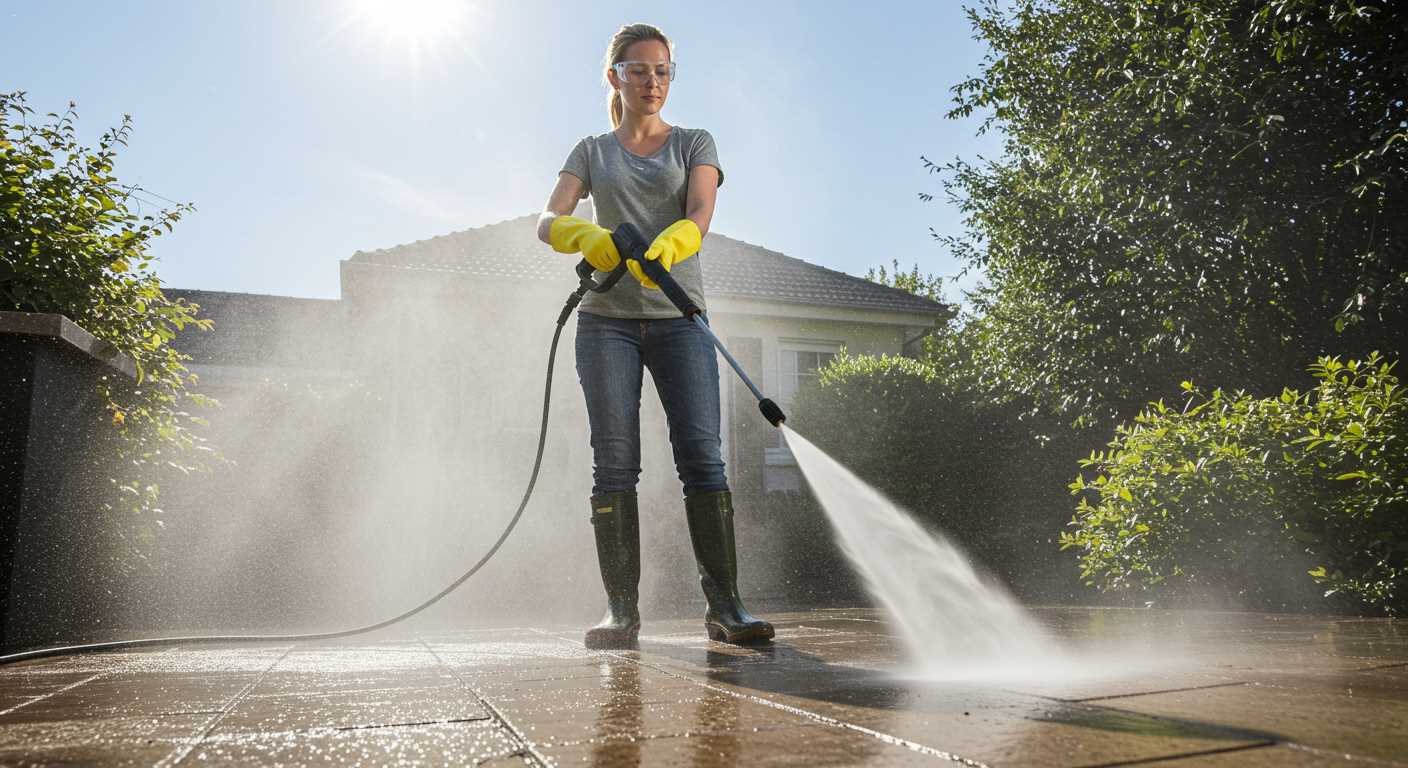
Check all connections and fittings before operation. Loose or damaged hoses can result in leaks, which reduce efficiency and increase the risk of injury.
Neglecting to wear appropriate safety gear can lead to accidents. Always don safety goggles and closed-toe shoes to protect against debris and splashes.
Operating in Uneven Terrain

Be cautious of working on slopes or uneven ground. This can cause the unit to tip, leading to possible injuries or equipment damage. Ensure stability before starting.
Finally, don’t forget to conduct regular maintenance checks. Ignoring this can lead to long-term damage, costly repairs, or reduced performance.





